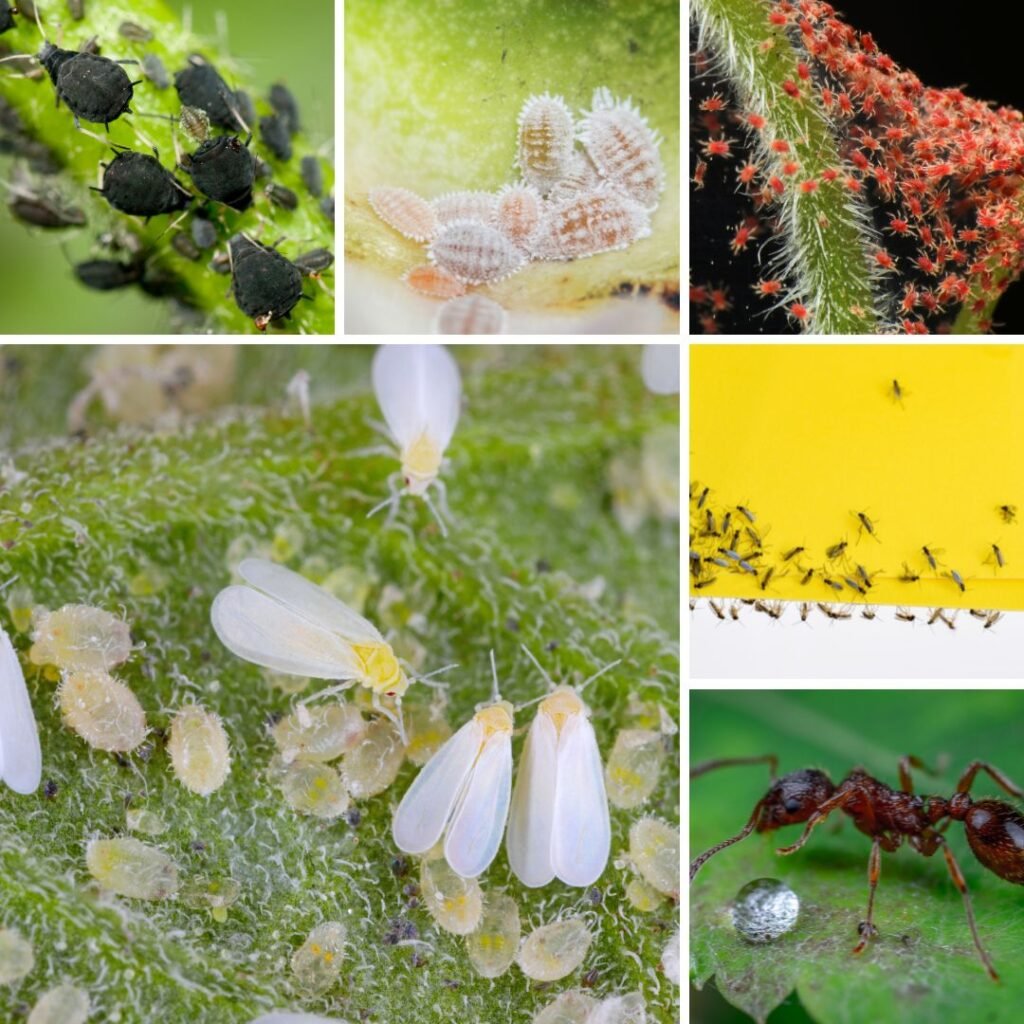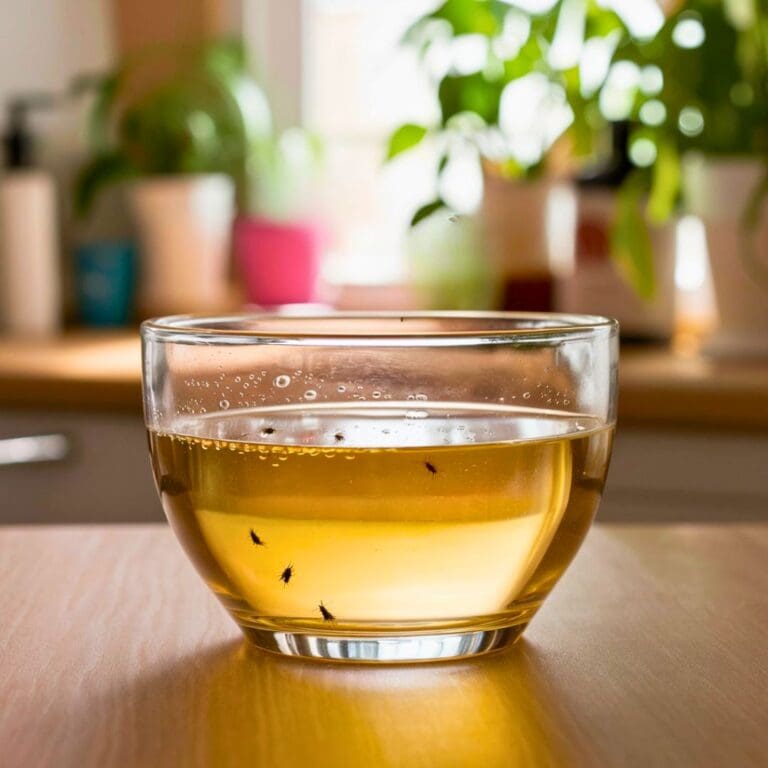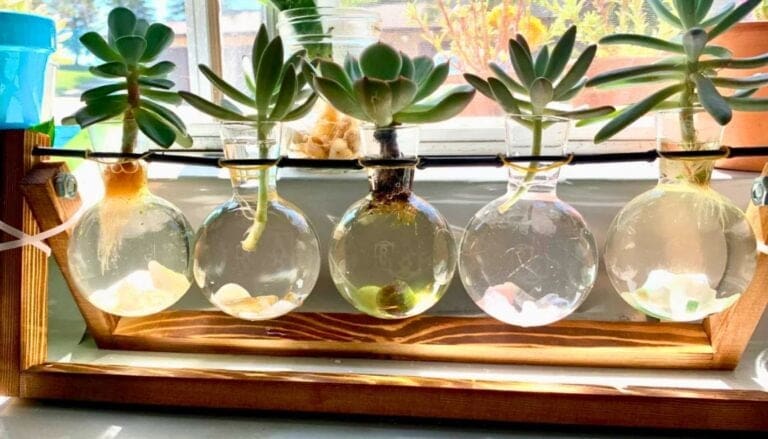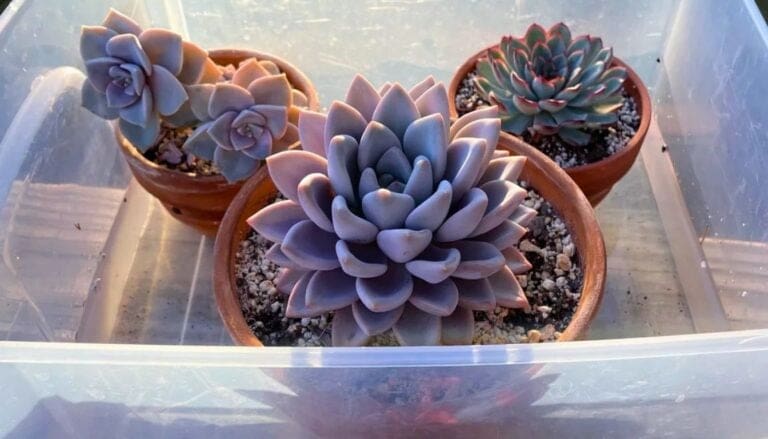6 Mistakes to Avoid When Bringing Plants Inside For Fall
I really enjoy having plants around the house, especially when the seasons shift and I get to move them indoors.
Whether I’m prepping for winter or just want a change of scenery, bringing plants inside always seems to breathe new life into my space.
Avoiding common mistakes when moving plants indoors can honestly make a world of difference. It’s easy to miss a detail or two, but a bit of extra care? Totally worth it.
Please note: Simplify Plants is reader-supported. As an Amazon Associate, I earn from qualifying purchases made by our readers with no extra cost added to you all! Some links in the post are affiliate links and I get a commission from purchases made through links in the post.
1) Not Acclimating Plants Gradually

Early on, I rushed my plants inside and, well, they didn’t love it. Plants get stressed if you move them from outdoors to indoors too quickly.
Indoor light and temperature are usually nothing like what they’re used to outside. After my first attempt, I saw leaves dropping and yellowing—definitely not what I wanted.
Now, I move them inside for just a few hours at first. I pick a shady spot, then increase their indoor time each day.
I also keep an eye on the weather. If it’s starting to get chilly, I don’t wait until the last minute.
It’s tempting to just get it over with, but patience pays off. My plants always seem happier when I let them settle in slowly.
I try to check on them daily and avoid making any drastic changes. Just little tweaks here and there.
Skipping this step? Not a great idea. Easing them in really helps them adjust.
2) Ignoring Humidity Needs

One thing I always notice: the air inside is way drier than outside. Most houseplants are used to more humid environments, so dry air can be a problem.
If I ignore humidity, leaves can get dry or crispy, especially on ferns and orchids. I learned that lesson the hard way.
A cheap humidity meter helps me keep tabs on things. Most plants seem happiest between 40% and 60% humidity.
When it drops, I group my plants together or set up pebble trays with water underneath. Sometimes, I’ll break out a humidifier, especially in the dead of winter.
I’ll mist them now and then, but I try not to overdo it since too much moisture can cause mold. It’s a balancing act.
When I pay attention to humidity, my plants look fresher and grow stronger. It’s a bit of extra work, but honestly, it’s worth it.
3) Overwatering Immediately After Moving

Every time I bring my plants in, I get the urge to water them right away. It feels like the caring thing to do, but honestly, it can backfire.
Plants need a little time to get used to being indoors. The light and airflow are different, so the soil dries out much slower.
If I water too soon, the roots can stay soggy, which leads to root rot. Not fun.
I always check the soil first by sticking my finger in about an inch deep. If it still feels damp, I just wait.
Sometimes, the move causes leaves to wilt or yellow, and it’s easy to assume they need more water. But usually, it’s just stress.
Giving them time to settle is key. I watch how they respond and only water when the soil is dry.
Holding back on watering right after the move really saves me a lot of headaches. It’s one of those things I wish I’d known sooner.
4) Placing Plants in Direct Harsh Sunlight

I used to think the more sunlight, the better. Turns out, direct sun through a window can be brutal for a lot of houseplants.
Some plants, like ferns or snake plants, just can’t handle that kind of intensity. I’ve seen leaves curl, turn yellow, or even get brown spots from too much sun.
Not every plant wants the same amount of light. I always check the tag or look it up before picking a spot.
If it says “bright, indirect light,” I avoid putting it right on a sunny windowsill. I’ll use a sheer curtain to soften the light if needed.
Sometimes I move plants around and see where they’re happiest. If I notice drooping or crispy edges, I know it’s time for a change.
Finding that sweet spot makes a big difference. A little trial and error goes a long way.
5) Neglecting Pest Inspections

Whenever I bring plants inside, I make it a habit to check for pests. Tiny bugs like spider mites or aphids can hitch a ride and quickly spread to other plants.
I grab a flashlight and peek under leaves and along stems. Sometimes I spot little webs or odd spots that weren’t there before.
If I see anything suspicious, I remove it right away—sometimes with a rinse in the sink or by wiping the leaves down.
For bigger problems, I’ll use insecticidal soap or neem oil, but I’m careful to follow directions so I don’t hurt the plant.
I also like to quarantine new or outdoor plants for a week or two, just to be safe. It’s saved me more than once.
A few minutes of checking can save a lot of hassle later. Healthy, pest-free plants are just so much easier to care for.
6) Using Non-Drainage Pots

Honestly, pots without drainage holes are a recipe for trouble. Water has nowhere to go, and roots can end up sitting in soggy soil.
I used to think adding rocks at the bottom would help, but nope—it doesn’t fix the problem. Water still collects and roots can start to rot.
Now I always choose pots with drainage holes. If I really want to use a decorative pot without holes, I just keep the plant in a plastic nursery pot and pop it inside.
After watering, I check if there’s water in the saucer and pour it out. Letting plants sit in pooled water is just as bad as having no drainage at all.
Good drainage makes everything so much easier. My plants are definitely happier for it.
Preparing Your Home for Indoor Plants
Before moving my plants in, I like to prep the space a bit. It helps them adjust and keeps things running smoothly.
Lighting Requirements
Light is huge for plant health. I figure out what kind of light each plant prefers—some love the sun, others are fine with lower light.
Sun-loving plants go near south or west windows. For low-light types, I use east windows or spots a bit further from the glass.
If natural light isn’t enough, I’ll set up LED grow lights. They’re surprisingly helpful, especially during gloomy months.
I try to keep blinds or curtains open and clean the windows for max sunlight. Every bit helps!
Humidity and Air Circulation
Indoor air gets pretty dry, especially in winter. I keep a small hygrometer handy to check the humidity.
Most tropical plants like it around 40-60%. If it’s too dry, I use a humidity tray or run a small humidifier.
Misting can help, but it’s not always a fix-all. I keep plants away from heaters, vents, and drafty windows since those spots dry them out fast.
For airflow, I leave some space between plants and sometimes run a fan on low. It helps keep mold at bay and the air fresh.
Proper Placement Tips
Where I put my plants really matters. I avoid spots near heaters, AC units, or cold drafts—sudden temp changes stress them out.
I steer clear of placing them on electronics or appliances that give off heat. And I try to keep them out of reach of pets or kids who might knock them over.
For taller plants, I’ll use a sturdy stand or just put them on the floor in a safe corner. A tray underneath catches any extra water and keeps the floor tidy.
Good placement solves a lot of problems before they start.
Caring for Plants After the Move
Once my plants are inside, I know their needs shift. I have to pay extra attention to their environment and watering habits.
Indoors, things change fast—so I check in on them often and tweak my care as needed.
Acclimating to New Conditions
My plants always seem to need a little time to get used to less sunlight and different air indoors. I usually put them near a bright window, but not right in the direct sun—nobody likes crispy leaves.
To help them settle in, I try to keep the temperature steady, somewhere around 65-75°F (18-24°C). Sudden temperature swings? Those can make leaves drop fast.
I like to run a small fan for some gentle air movement. Fresh air just seems to keep the leaves happier, and it helps cut down on mold.
Here’s what I do:
- Keep plants away from heaters and vents.
- Watch for yellowing or drooping leaves.
If my plants look good, I’ll slowly move them a bit closer to the window. No need to rush it.
Humidity is another thing I check. If the air gets dry, especially in winter, I’ll use a humidifier or just set a tray of water nearby.
Watering Adjustments
Watering plants indoors is a whole different ballgame. Inside, the soil doesn’t dry out as fast since there’s less wind and sun.
I always check the soil before watering—if it’s dry about an inch down, that’s my cue. No guesswork.
Too much water? You’ll see yellow leaves and mushy stems. To steer clear of that, I:
- Use pots with good drainage.
- Dump extra water from saucers.
- Let the soil dry a bit between waterings.
If the air’s dry, sometimes the plants want a bit more water, but I never stick to a strict schedule. I just go by what the plant seems to need.
I jot down when and how much I water, mostly so I can learn what each plant likes. It’s not perfect, but it helps keep them happy.
Frequently Asked Questions
When I bring plants inside, I keep an eye out for big changes in their environment. I check their light, humidity, and water, and I’m always on the lookout for pests.
What are common pitfalls in caring for indoor plants?
Honestly, I sometimes forget to acclimate my plants slowly, and that can shock them. Overwatering is another classic mistake. Skipping pest checks? That one’s bitten me before.
How do I ensure my houseplants remain healthy?
I make sure my plants get bright, indirect sunlight. I keep an eye on the room’s humidity and adjust if it’s too dry or too damp.
I regularly look over the leaves for bugs or any weird signs of stress.
What should I avoid doing when transferring plants indoors?
I never plop plants straight into harsh window sunlight. I also avoid watering them right after moving; I let them settle in first.
Before bringing them in, I wipe down the leaves and check for any pests.
Can you give me some tips on watering indoor plants correctly?
I let the top inch of soil dry out before watering again. Pots with drainage holes are a must—no soggy roots for me.
And I skip cold water, since that can stress the plants.
What are the signs my indoor plant is not thriving?
Yellowing leaves, droopy stems, and brown tips are the first things I notice. I’ll also peek under the leaves or in the soil for any sneaky pests.
How often should I fertilize my indoor plants to keep them healthy?
I usually fertilize most indoor plants every 4 to 6 weeks when it’s spring or summer. It just seems to work best during those months.
I skip fertilizing in fall and winter, since the plants aren’t really growing much then. Honestly, I never go full strength with fertilizer—half the recommended amount feels safer for their roots.
Recommended Garden Supplies
| Product Image | Our Recommended Gardening Supplies | Check Offers! |
|---|---|---|
Top Top
Top
Top
Top
Top
Top
Top
Top | rePotme Houseplant and Tropical Classic Potting Soil Mix | Check Offer On Amazon |
 Top
Top
Top
Top
Top
Top
Top
Top | Espoma Organic Indoor Plant Food | Check Offer On Amazon |
 Top
Top
Top
Top
Top
Top
Top
Top | GooingTop LED Grow Light 6000K Full Spectrum Clip Plant Growing Lamp | Check Offer On Amazon |
 Top
Top
Top
Top
Top
Top
Top
Top | Soil Moisture Meter | Check Offer On Amazon |
 Top
Top
Top
Top
Top
Top
Top
Top | Govee Hygrometer Thermometer, Bluetooth Enabled! | Check Offer On Amazon |
 Top
Top | LEVOIT Humidifiers for Large Room(Best For Plants) | Check Offer On Amazon |
 Top
Top
Top
Top
Top
Top
Top
Top | Upgraded DIY Automatic Drip Irrigation Kit, 15 Potted Houseplants Support | Check Offer On Amazon |
 Top
Top
Top
Top
Top
Top
Top
Top | Stainless Steel Heavy Duty Gardening Tool Set | Check Offer On Amazon |
 Top
Top
Top
Top
Top
Top
Top
Top | Bonide Insecticidal Soap | Check Offer On Amazon |
 Top
Top
Top
Top
Top
Top
Top
Top | Bonide 32 oz Spray Neem Oil for Organic Gardening | Check Offer On Amazon |
 Top
Top
Top
Top
Top
Top
Top
Top | Garden Safe Fungicide | Check Offer On Amazon |






